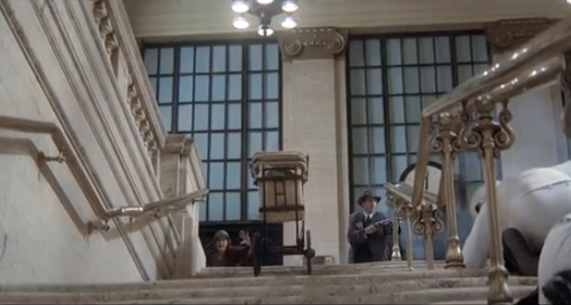The 12 Best Movie Scenes From Chicago
By Staff in Arts & Entertainment on Jul 3, 2013 7:00PM
We've reached the midpoint of the year and that means some extended time off—time to stomp some mudholes in Netflix queues. Chicago has been well represented over the years in film. Here are a dozen scenes from films that put the city's best foot forward.
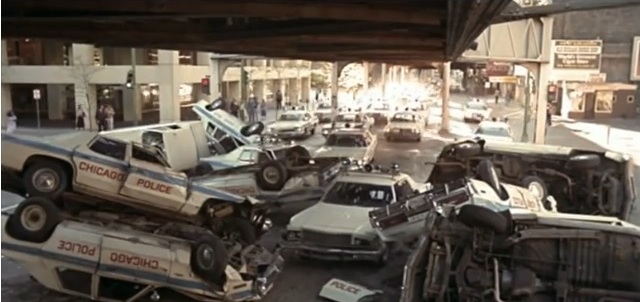
Few movies were as much a love letter to Chicago, and trapped the city in amber for a specific point in time, as John Landis's 1980 feature film starring John Belushi and Dan Aykroyd. It was also a license for Landis, Aykroyd and Belushi to drive souped up cars recklessly through Chicago's streets and even in a shuttered mall. For my tastes the best car chase scene in a movie full of them is the penultimate scene, with Joliet Jake and Elwood being hounded by Chicago police, Illinois State Police, Illinois Nazis and The Good Ol' Boys as they try to pay off the tax debt on the orphanage where they were raised. —Chuck Sudo
This film has great old locations, like Milwaukee Ave south of Division, plus Jimmy Stewart, plus the first lie detector sequence in the movies, etc. —Steven Pate
Gotham may be best associated as a stand-in for New York City but later-day authors of the "Batman" comic books like Chuck Dixon have added many elements of Chicago into the mix. Director Christopher Nolan used Chicago extensively and to great effect in the first two installments of his film trilogy of the Caped Crusader. The Dark Knight was the best film in the series and, coincidentally, the film where Chicago's architecture and streets were the most prominent. —Chuck Sudo
Here's the opening scene from The Dark Knight.
And the extended car chase scene along Lower Wacker Drive.
Which is less likely: A 12-year-old boy becomes a great pitcher by breaking his arm, or the Cubs win the World Series? It's childish, simplistic, and damn it, Wrigley Field looks fantastic. It's so green and pretty, and the kids' eyes light up when they see it. Fun fact: The road games were filmed at Comiskey. —Samantha Abernethy
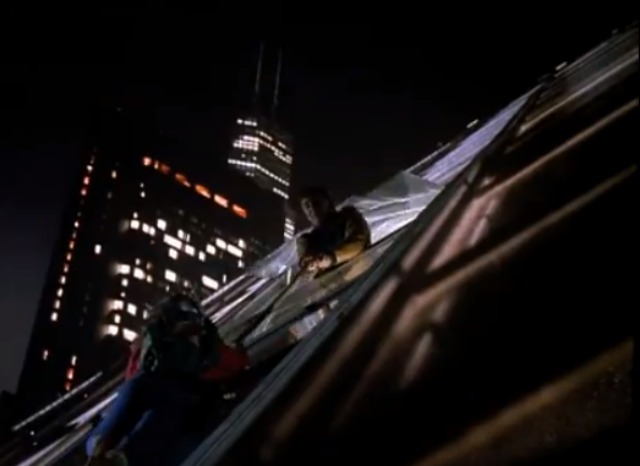
This movie may have played a role in my decision to move to Chicago. Growing up in rural Pennsylvania, I had no clue what Chicago was other than I wanted to live there. John Hughes and John Cusack also had contributing roles, but Adventures in Babysitting was one of those movies in heavy rotation when I was a kid, along with Rookie of the Year and A League Of Their Own. In brief, Elizabeth Shue plays a ridiculously attractive babysitter from the suburbs who winds up driving to downtown Chicago with three kids. Hijinks ensue. You can tell most of the scenes were not filmed in Chicago, and the storyline actually portrays the city as a scary place.
Revisiting it as an adult, some of the scenes make me a little uncomfortable, (the chop shop, the gang fight, the frat party), and I wonder why my parents let me watch a movie in which so much of the plot revolves around an issue of Playboy. Of course the most noteworthy Chicago-centric scene involves a little girl sliding perilously down the sloped top of the Smurfit-Stone/Crain Communications building. When I finally first came to Chicago almost 20 years later, I almost cried out of sheer nostalgia. —Samantha Abernethy
In the final scene of The Untouchables, Kevin Costner is Eliot Ness in a bloody shootout at Union Station while a baby stroller plops methodically down the marble stairs. That scene, in case you didn't know, is complete fiction. It's beautiful and suspenseful nonetheless. —Samantha Abernethy
Sandra Bullock plays Lucy, a sad and lonely woman who works as a token collector for the CTA. She has a passing crush on a regular passenger played by Peter Gallagher, who is mugged and shoved onto the tracks on Christmas Day. She leaps onto the tracks to save his life, and when she wanted to check on him at the hospital, she sort of lies. Hijinks ensue. Sure, it's ridiculous for someone to pretend to be a comatose man's fiance, but it's more ridiculous to think Peter Gallagher is better looking than Bill Pullman. There's lots of quality Chicago scenery, but this movie starts and ends at the El. The cars look the same, a token costs $1.50 and at the end (Spoiler Alert!) she rides away on the Orange Line with Bill Pullman and a "Just Married" sign. —Samantha Abernethy
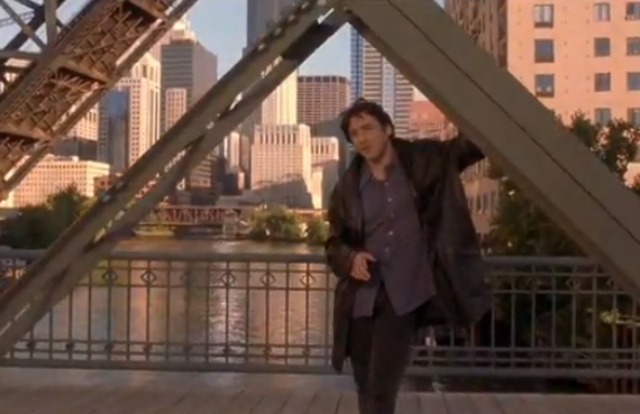
John Cusack is a great bit of Chicago scenery himself. He helped translate author Nick Hornby's great book about a music snob in London into an equally great movie about a music snob in Chicago that was somehow both true to the book and completely original. The Chicago scenery in High Fidelity is more prominent if you can recognize the indoor locales. Rob Gordon meets Marie De Salle at (now-defunct) Lounge Ax, he semi-proposes to Laura at Rainbo Club and at the end everybody dances while Barry Jive & The Uptown Five perform on stage at the Double Door. Outdoor shots show the record store Championship Vinyl was at Milwaukee and Honore, Rob visits the Music Box and the Biograph theaters, and in flashbacks he attends high school at Lane Tech. We'll leave you with this scene of Cusack breaking the fourth wall, talking about love in Hornby's perfect prose, while the Kinzie Street railroad bridge and the Sears Tower loom behind him. —Samantha Abernethy
Steve James's and Alex Kotlowitz's documentary about the Violence Interrupters is a moving account of the people trying to make a difference on the killing fields of Chicago's South and West sides and made a star out of Ameena Matthews, the daughter of El Rukn leader Jeff Fort. Few understand the code of the streets like Matthews, who is willing to die if it means making Chicago's streets less violent. —Chuck Sudo
Nightsong
This short film by Don Klugman is an unusual mélange of documentary and proto music video, showcasing ethereal black folk singer Willie Wright. It also has some superb footage of mid-60's Old Town nightlife. —Rob Christopher
'Nuff said. — Chuck Sudo
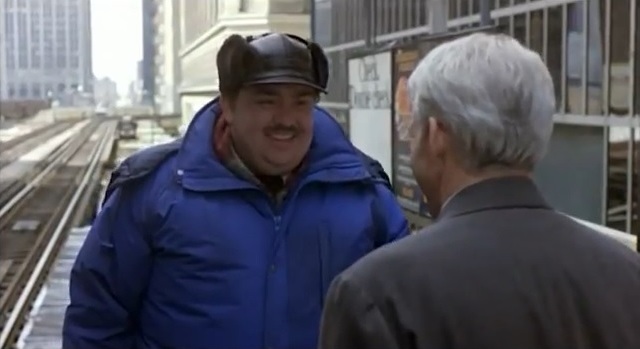
John Hughes's best film also contains the best scene he ever directed. Steve Martin and John Candy, after a trip full of mishaps and errors, say their goodbyes. As Martin boards an "L" train, he realizes the truth about Candy's character and returns to bring him home to Martin's family for Thanksgiving. Tender, poignant, and full of emotion, the key to the scene (and the movie) was Martin playing his role straight and letting Candy have the payoff scenes. —Chuck Sudo
